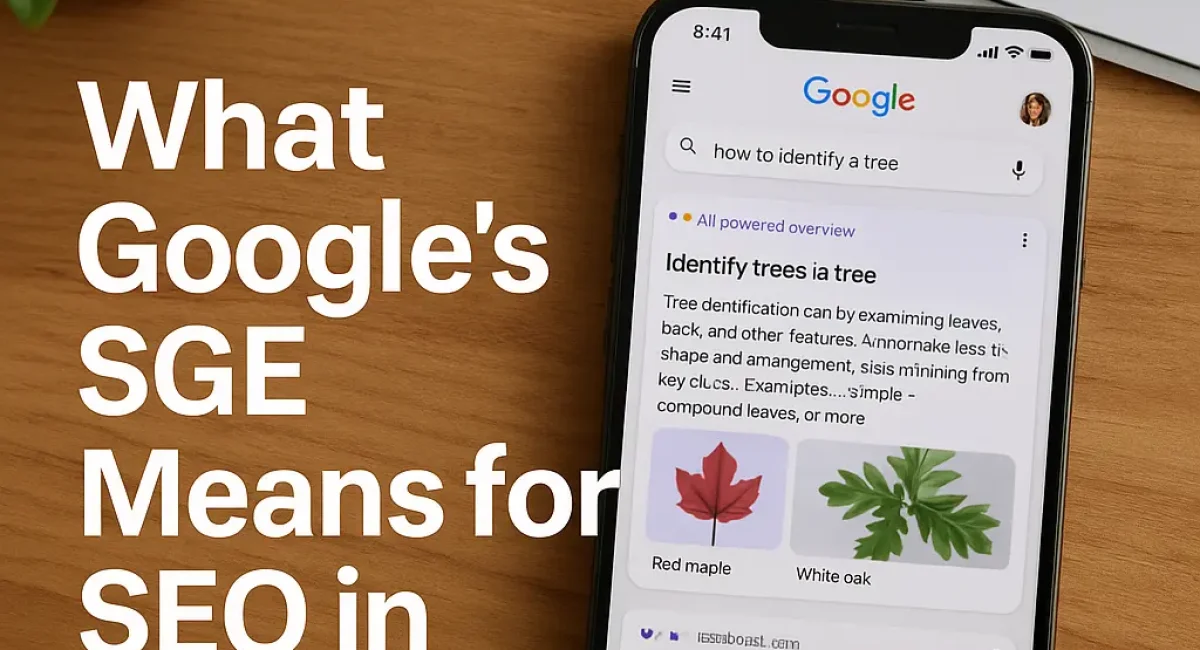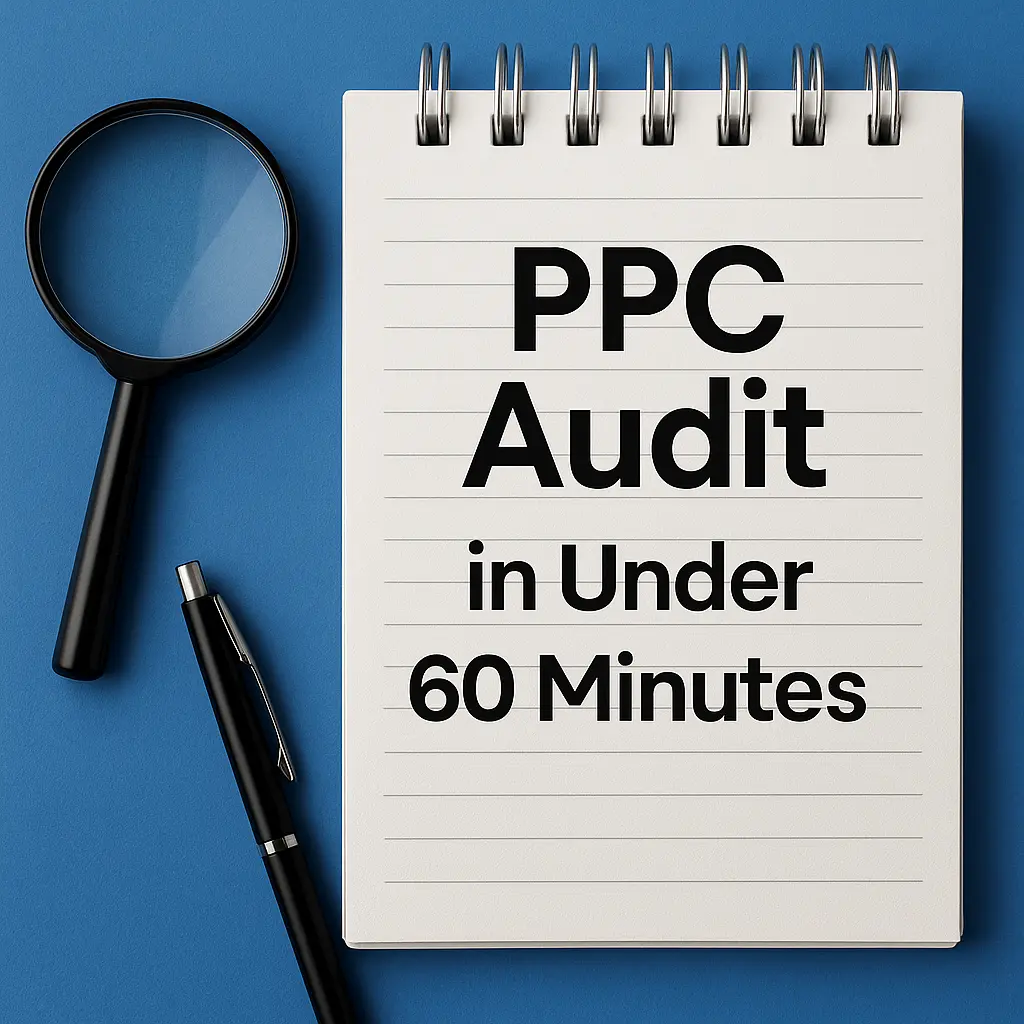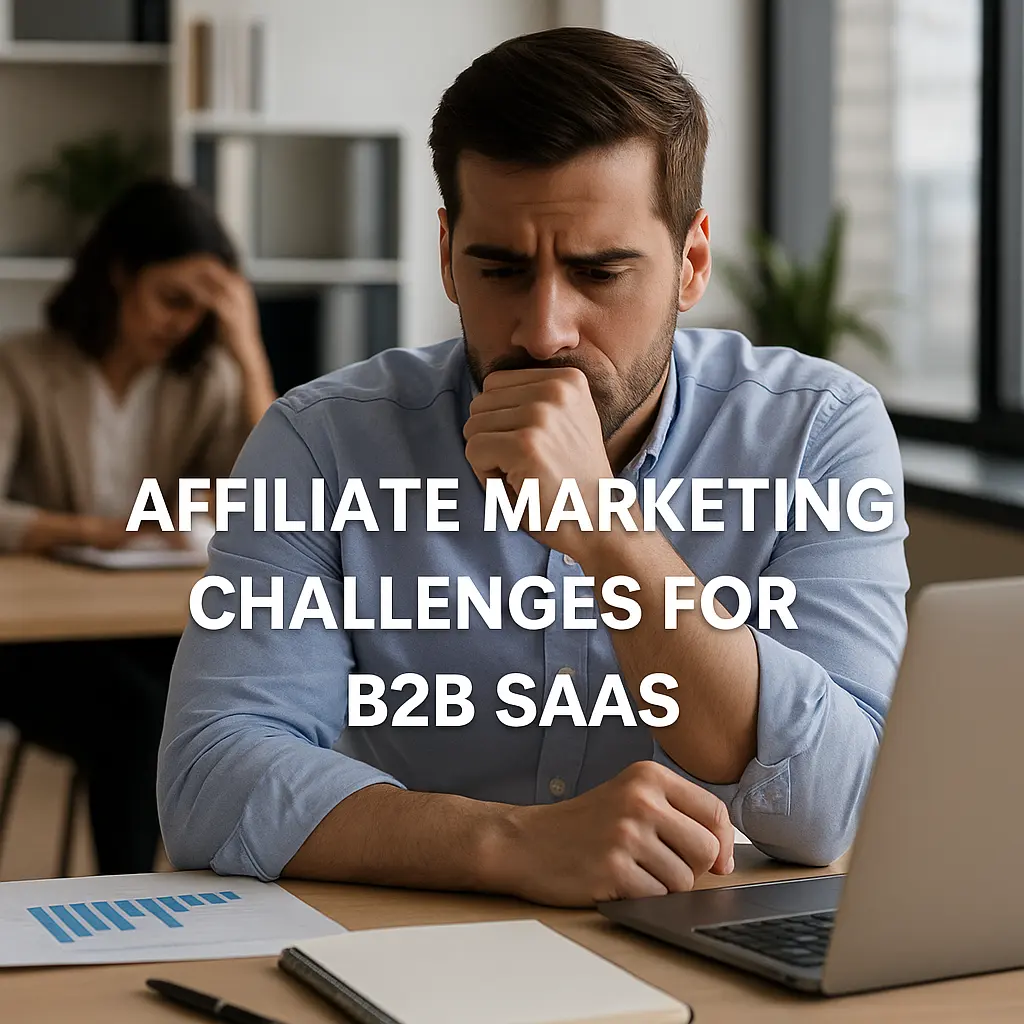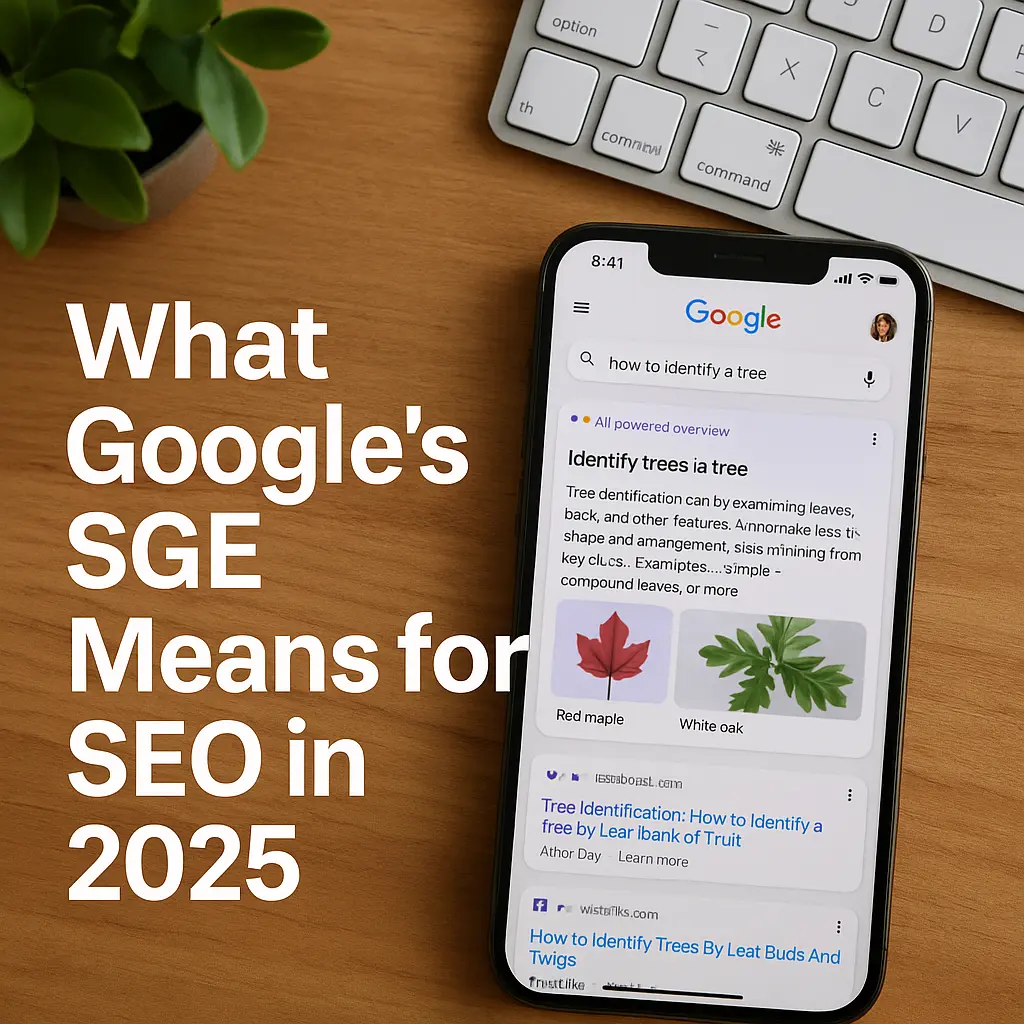Google’s evolution in search technology is reshaping the digital landscape at a breathtaking pace. With the rollout of its Search Generative Experience (SGE), the way users interact with search results is undergoing a profound transformation. Gone are the days when ranking #1 guaranteed top visibility and a flood of clicks. Today, AI-driven features are redefining what it means to “win” in search. This shift demands that marketers rethink their approach to SEO, focusing not just on rankings but on capturing attention in a new frontier of AI-generated answers and zero-click searches.
In this article, we’ll explore the implications of Google SGE for your SEO strategy in 2025. From understanding how it alters user behavior to actionable tips for staying visible in an AI-dominated search environment, we’ll equip you with the insights needed to adapt and thrive. Let’s dive into what this seismic change means for your brand and how you can prepare for the future of search.
What is Google’s Search Generative Experience (SGE)?
Google’s Search Generative Experience, often referred to as Google SGE, is a groundbreaking update to the search engine’s interface and functionality. Powered by generative AI, SGE delivers direct, conversational answers to user queries right at the top of the search results page. Unlike traditional results that list links to websites, SGE provides summarized responses, often pulling from multiple sources, without requiring users to click through to a specific site.
Introduced as an experimental feature in 2023, SGE is now expanding globally and becoming a core part of Google’s search ecosystem. It’s designed to enhance user experience by offering quick, comprehensive answers—think of it as a blend of featured snippets on steroids and a personal assistant rolled into one.
Key Features of Google SGE
- AI-Generated Summaries: Brief overviews or detailed responses crafted by AI based on top-ranking content.
- Contextual Follow-Ups: Users can ask follow-up questions, and SGE provides conversational replies without restarting the search.
- Visual and Interactive Elements: Answers often include images, videos, or interactive carousels alongside text.
- Source Attribution: Google often links to the original content used to generate answers, though visibility varies.
For a deeper dive into SGE, check out Google’s official announcement on their blog.
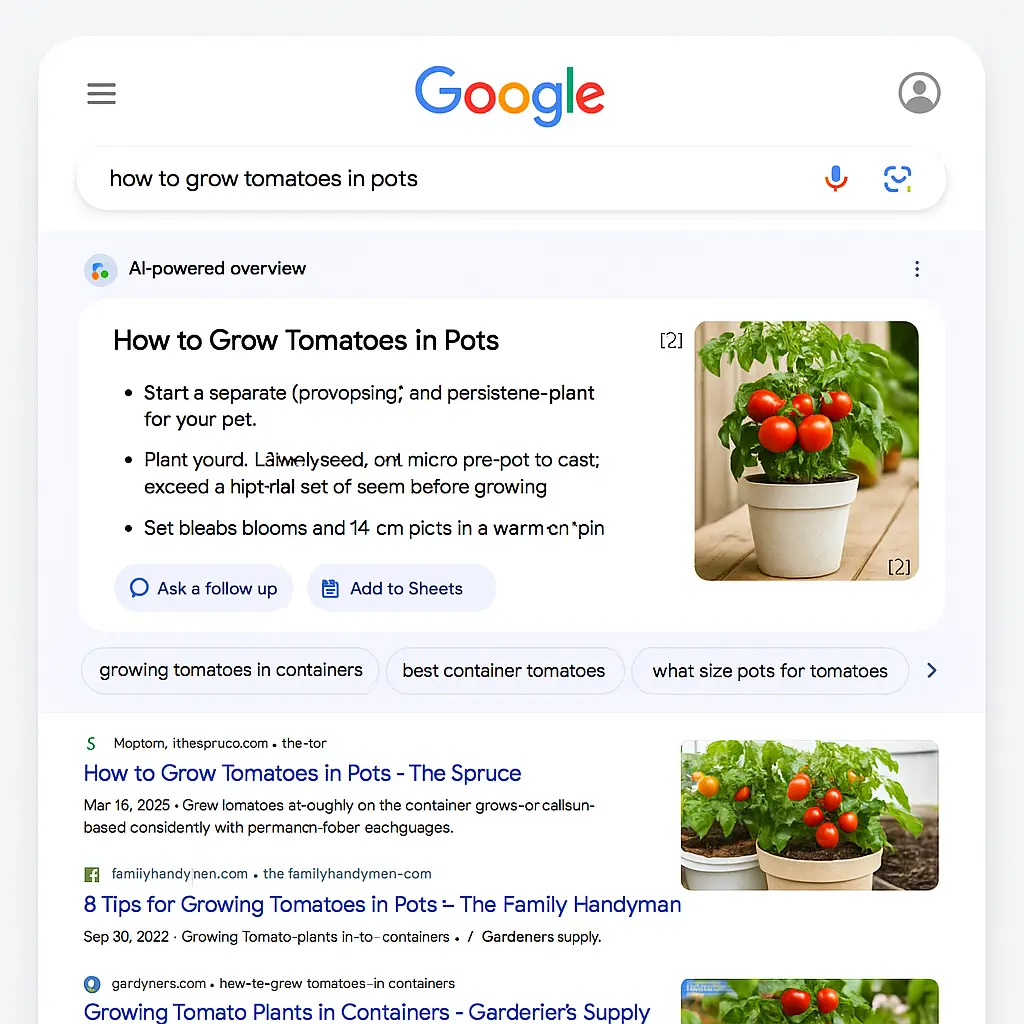
How SGE Changes Search Behavior
The introduction of Google SGE isn’t just a technical update; it fundamentally alters how users interact with search engines. With answers provided directly on the results page, user behavior is shifting in ways that challenge traditional SEO assumptions. Let’s break down these changes and what they mean for marketers.
Rise of Zero-Click Searches
One of the most significant impacts of SGE is the rise of zero-click search. When users get their answers directly from AI-generated responses, they have little incentive to click through to a website. Studies suggest that over 50% of searches already end without a click due to featured snippets and knowledge panels—SGE amplifies this trend by providing even more detailed information upfront.
Shift in Query Intent
With SGE’s conversational capabilities, users are increasingly phrasing queries as full questions or engaging in multi-step searches. For instance, a user might ask, “What’s the best laptop for students?” and follow up with “How much does it cost?” without leaving the results page. This means SEO must account for long-tail, conversational keywords and anticipate follow-up intent.
Reduced Emphasis on Traditional Rankings
Ranking at the top of organic results has long been the holy grail of SEO. However, with SGE, even a #1 position might not guarantee visibility if your content isn’t featured in the AI-generated answer box. Marketers must now optimize for direct inclusion in these summaries rather than relying solely on blue links.
Impact on SEO Metrics and Performance
As Google SGE reshapes search behavior, it also disrupts the metrics marketers rely on to measure success. Let’s explore how key performance indicators (KPIs) are affected and what this means for your 2025 strategy.
Decline in Click-Through Rates (CTR)
With zero-click searches on the rise due to AI search SEO dynamics, traditional CTRs are taking a hit. If users get their answers directly from SGE, clicks to your site—regardless of ranking—may drop significantly. This is especially true for informational queries where concise answers suffice.
Visibility in AI Answer Boxes
Being featured in Google’s AI-generated answers can still drive indirect traffic through brand exposure, even if users don’t click. However, not all SGE responses provide clear attribution or links back to the source, making visibility a double-edged sword. Tracking impressions and source mentions in SGE becomes a new KPI to monitor.
Table: Comparing Traditional SEO vs. SGE SEO Metrics
| Metric | Traditional SEO Focus | SGE SEO Focus |
|---|---|---|
| Click-Through Rate (CTR) | High priority for top rankings | Less relevant due to zero-click searches |
| Impressions | Secondary metric | Primary metric for AI answer visibility |
| Keyword Rankings | Core focus | Less impactful unless featured in SGE |
For more data on how SGE impacts metrics, refer to Search Engine Land’s analysis at Search Engine Land.
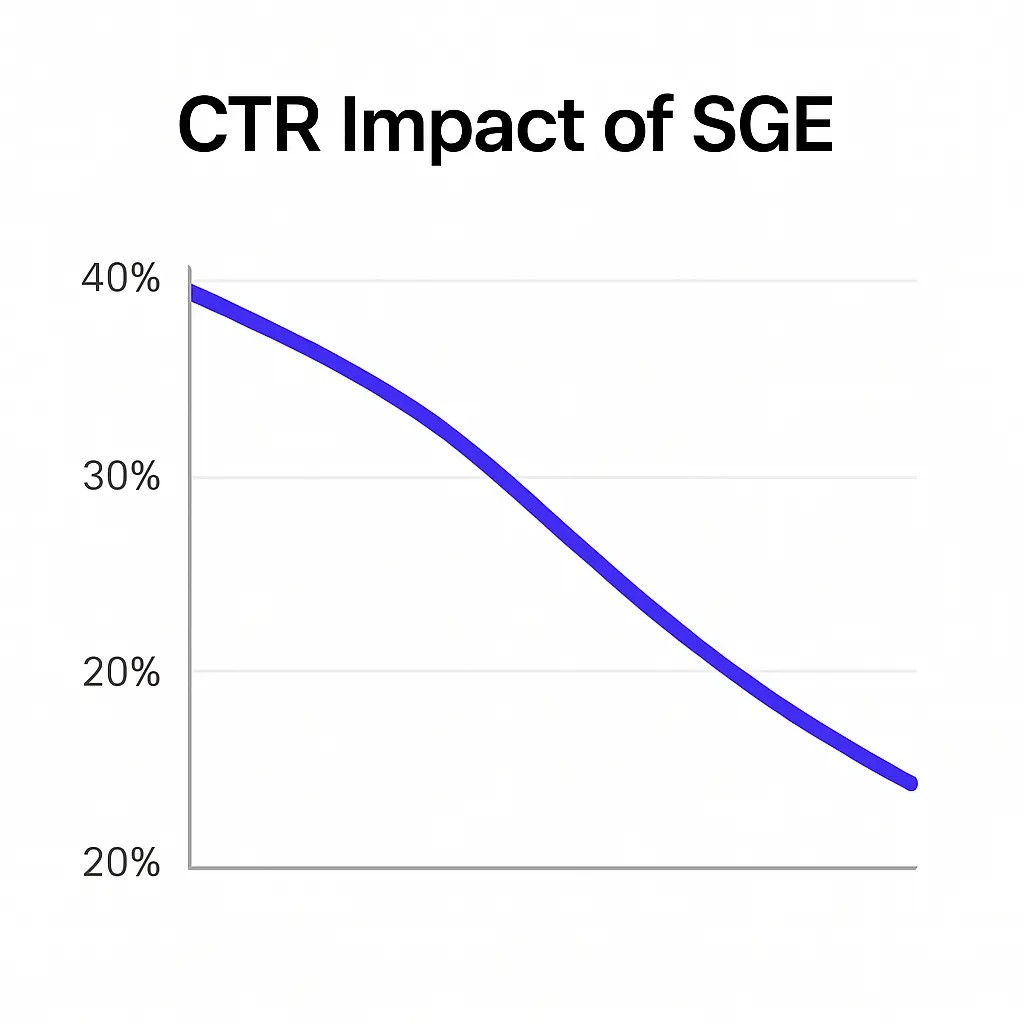
Optimizing Content for AI-Generated Answers
With AI search SEO becoming a cornerstone of visibility, optimizing for Google’s AI-generated answers is no longer optional. The goal is to ensure your content is deemed authoritative and concise enough to be pulled into SGE summaries. Here’s how to do it.
Structure Content for Featured Snippets and SGE
Since SGE often builds on the logic of featured snippets, structuring content to answer questions directly can increase your chances of being featured. Use clear headings, bullet points, and tables to make information easily scannable by AI algorithms.
Focus on Question-Based Queries
Target long-tail, question-based keywords like “How to choose a marketing tool” or “What is the best diet for weight loss?” Then, provide succinct, factual answers in the first 50-100 words of your content. This approach aligns with how SGE prioritizes direct responses.
Use Schema Markup
Implementing structured data via schema markup helps Google understand your content’s context. Types like FAQPage, HowTo, and Q&A schemas are particularly useful for signaling that your content answers specific user queries, boosting your odds of appearing in AI summaries.
- FAQ Schema: Ideal for content addressing common questions.
- HowTo Schema: Perfect for step-by-step guides.
- Review Schema: Useful for product or service pages with user ratings.
For schema implementation tips, visit Google’s Structured Data Guide.
Content Strategies to Thrive in an SGE World
Adapting to Google SGE requires rethinking content creation at a strategic level. It’s not just about answering questions—it’s about building trust, authority, and relevance in an era where AI dictates visibility. Below are key strategies to ensure your content remains competitive.
Invest in E-E-A-T (Experience, Expertise, Authoritativeness, Trustworthiness)
Google emphasizes E-E-A-T as a ranking factor, and this principle is even more critical for AI search SEO. SGE prioritizes content from credible sources. Showcase author credentials, link to reputable studies, and ensure your site is secure with HTTPS to build trust with both users and algorithms.
Create Conversational, In-Depth Content
Since SGE supports follow-up questions, develop content that anticipates user needs across a topic. For example, a piece on “best running shoes” could include sections on budget options, durability, and brand comparisons—covering the likely next steps a user might explore.
Leverage Visual and Multimedia Content
AI-generated answers often pull in images, videos, and infographics to enhance user experience. Optimize visual assets with descriptive file names, alt text, and captions to increase the likelihood of them appearing in SGE results.
Real-World Use Case: Adapting a Blog for SGE
Consider a health blog targeting “How to lower cholesterol naturally.” Previously, ranking high for this term meant traffic. Now, with SGE, the blog owners optimized by:
- Adding a clear, 75-word summary at the top answering the query directly.
- Using subheadings for related questions like “What foods lower cholesterol?”
- Implementing FAQ schema to structure answers.
After these changes, their content was featured in SGE summaries, maintaining visibility despite lower direct clicks.

The Future of SEO with AI Search
Looking ahead to 2025 and beyond, the influence of AI on search will only grow. Google SGE is just the beginning—other platforms may follow suit with their own generative search features. Preparing for this future requires agility and foresight. Let’s explore emerging trends and how to stay ahead.
Personalization and Contextual Search
AI will increasingly tailor results to individual users based on search history, location, and behavior. This means SEO strategies must account for hyper-personalized content that resonates with niche audiences while still maintaining broad appeal.
Voice Search and Conversational AI
As voice assistants integrate with AI search technologies, optimizing for natural language queries will be paramount. Think beyond typed keywords to how people speak—phrases like “Hey Google, tell me about local events this weekend” will dominate.
Collaboration Between Human and AI Content
While AI-generated content is on the rise, human expertise remains irreplaceable for building trust. Combining AI tools for efficiency (e.g., drafting outlines) with human editing for depth and authenticity will be a winning formula for SGE-era SEO.
For insights on future trends, Moz offers an excellent resource at Moz Blog.
Conclusion: Adapting to a New Era of Search
Google’s Search Generative Experience marks a pivotal moment for SEO, challenging long-held assumptions about rankings, traffic, and visibility. As zero-click searches and AI-generated answers become the norm, marketers must pivot from chasing clicks to earning prominence in SGE summaries. This means embracing structured content, prioritizing E-E-A-T, and anticipating user intent with conversational depth.
The road to 2025 will demand flexibility and innovation. By optimizing for AI search SEO today—whether through schema markup, question-focused content, or multimedia—you position your brand to thrive in a landscape where traditional metrics are redefined. The future of search isn’t just about being found; it’s about being the answer. Are you ready to adapt? Get in touch with us today to make sure your company is ready for the changes.
FAQs
What percentage of searches are now zero-click due to Google SGE?
While Google hasn’t released specific zero-click data exclusively for SGE, the trend is clearly intensifying. According to recent studies by SparkToro and SimilarWeb, approximately 65% of Google searches already ended without clicks to any websites in 2023, up from around 50% in previous years.
With SGE’s expanded rollout in 2024, early analysis from SearchPilot suggests that queries where SGE appears can see click-through rates drop by an additional 25-30%. For certain informational queries (like ‘how to’ questions), the zero-click rate can reach as high as 85% when SGE provides comprehensive answers directly on the results page.
This trend varies significantly by industry and query type, with transactional searches still generating more clicks than purely informational ones.
How does Google determine which content to feature in SGE answers?
Google uses multiple factors to select content for SGE answers, with E-E-A-T principles (Experience, Expertise, Authoritativeness, Trustworthiness) playing a central role. According to Google’s documentation and expert analysis, key factors include:
Content relevance and comprehensiveness: How directly and thoroughly the content addresses the specific query.
Authority signals: Domain authority, backlink profiles, and the perceived expertise of both the website and content creator.
Structural elements: Content that uses clear headings, lists, tables, and FAQ formats is more easily parsed by AI systems, increasing selection likelihood.
Schema markup implementation: Pages with proper structured data see a 30-40% higher chance of appearing in SGE answers, according to a 2023 study by SEMrush.
User engagement metrics: Content with lower bounce rates and higher dwell time appears to be favored, suggesting user satisfaction serves as a quality signal.
Will SGE completely eliminate the need for traditional SEO practices?
No, SGE will not eliminate traditional SEO but rather transform how it’s approached. Core SEO fundamentals remain essential but will be repurposed to support visibility in an AI-dominated search landscape.
A 2023 BrightEdge study found that websites maintaining strong technical SEO foundations (site speed, mobile optimization, indexability) were 2.3 times more likely to appear in SGE results than those with poor technical metrics.
Link building continues to matter significantly—websites with diverse, high-quality backlink profiles are featured in SGE answers 58% more frequently than those with weaker link profiles, according to a Ahrefs analysis of 10,000 queries.
What’s changing is the emphasis on certain practices. Keyword density becomes less important than semantic relevance; short-form content optimized solely for rankings becomes less effective than comprehensive resources that answer questions thoroughly.
How are businesses measuring success in the SGE era if clicks are declining?
Businesses are adopting new KPIs and measurement frameworks to evaluate success in the SGE era, moving beyond traditional traffic metrics:
Brand Impression Tracking: Tools like SERPStat and BrightEdge now offer SGE impression tracking, measuring how often a brand is mentioned or cited in AI-generated answers regardless of clicks.
Source Attribution Monitoring: Companies track when their content receives explicit attribution in SGE summaries, with some seeing up to 40% increases in brand awareness according to a 2024 Conductor survey of 250 marketing professionals.
Conversion Path Analysis: More sophisticated attribution models now account for SGE touchpoints, recognizing that users may encounter brand information through AI answers before converting later through direct visits.
Intent Satisfaction Metrics: Forward-thinking organizations are developing frameworks to measure how effectively their content satisfies user intent across the search journey, rather than focusing solely on traffic volume.
What types of content are most resilient to SGE’s impact on click-through rates?
Several content categories have demonstrated resilience against SGE’s downward pressure on clicks:
Complex Decision-Making Content: According to a 2024 SearchMetrics study, detailed comparison content for high-consideration purchases (like enterprise software evaluations or mortgage comparisons) maintains 85% of pre-SGE click rates, as users still seek comprehensive analysis.
Original Research and Proprietary Data: Content featuring unique studies, surveys, or data points that cannot be fully summarized by AI receives approximately 3X more clicks than standard informational content when appearing in SGE results.
Emotional/Experiential Content: Personal narratives, case studies, and content with strong emotional components preserve roughly 70% of their click-through rates, as SGE struggles to convey these human elements effectively.
Step-by-Step Procedural Content: While SGE can summarize basic how-to information, complex tutorials with visual demonstrations still drive clicks, with cooking, DIY, and technical setup guides seeing only 25-30% CTR reduction compared to 50-60% for simple informational queries.
How much should I invest in optimizing for SGE versus maintaining traditional SEO efforts?
The optimal investment balance depends on your industry, content type, and business model, but data provides some guidance:
B2B Companies: A 2024 Gartner survey of marketing leaders found that companies allocating 30-40% of their SEO resources to SGE optimization while maintaining 60-70% focus on traditional SEO achieved the best overall results, with combined visibility gains of 32%.
E-commerce: Retailers with transactional focus benefit from a different ratio—those maintaining 70-80% traditional SEO investment while dedicating 20-30% to SGE optimization saw the strongest revenue outcomes, according to a Salesforce Digital Consumer study.
Publishers/Content Creators: Content-focused businesses facing the largest SGE disruption are shifting resources more aggressively, with successful models allocating 40-50% of SEO efforts to SGE strategies.
Regardless of industry, organizations seeing the best outcomes use an integrated approach rather than treating SGE and traditional SEO as separate workstreams. The most effective implementation involves training all content teams on SGE principles while maintaining fundamental SEO practices throughout the content lifecycle.
How is SGE affecting local business visibility in search results?
Local businesses face unique challenges and opportunities with SGE’s rollout:
Mixed Impact on Local Pack Results: Early data from BrightLocal’s 2024 analysis shows that local queries still trigger traditional map packs in 78% of cases, even when SGE appears, but the position of these packs has shifted lower in 63% of results.
Enhanced Local Query Interpretation: SGE demonstrates improved understanding of implicit local intent, with searches like “best coffee” (without specifying location) generating local-focused AI answers in 81% of cases when location services are enabled.
Review Aggregation: SGE frequently synthesizes review information across platforms, making businesses with consistent positive sentiment across multiple review sites (Google, Yelp, industry-specific platforms) 2.3 times more likely to receive favorable mentions.
For local businesses, optimizing Google Business Profile remains critical, with complete profiles receiving 40% more SGE visibility. Additionally, local content strategies should include neighborhood-specific terminology, as SGE shows a 35% higher likelihood of featuring content with hyper-local references compared to generic location pages.

